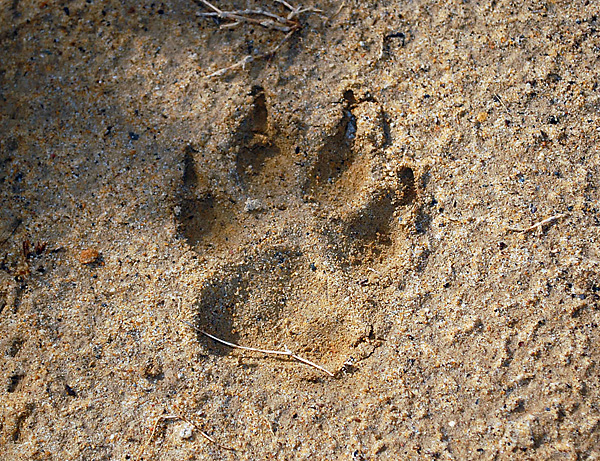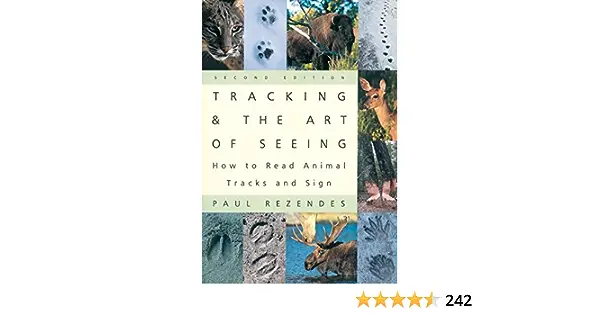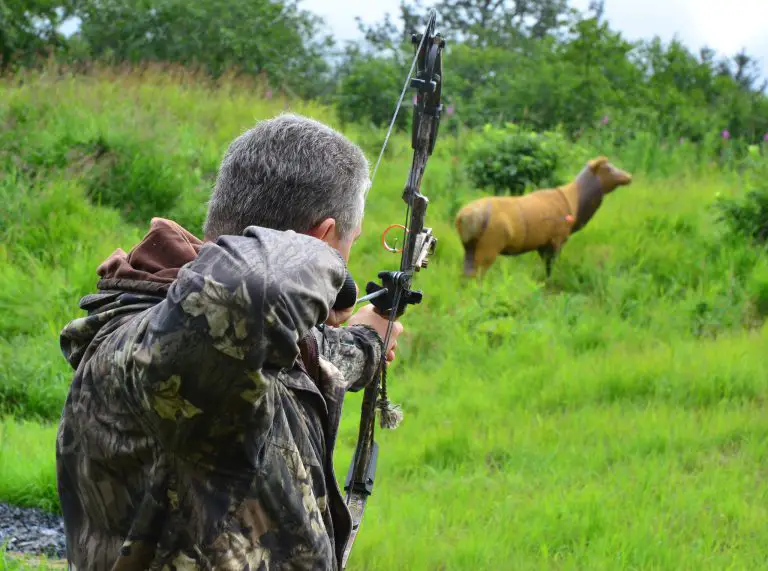How to Read Animal Tracks
To read animal tracks, examine the size, shape, and patterns left behind in the ground to identify the species and behavior. Observing tracks can provide valuable insights into an animal’s presence, movement, and habits.
By carefully studying the details like the number of toes, the presence of claws, and the spacing between tracks, you can determine important information, such as the animal’s speed, direction, and weight. Understanding animal tracks can be an essential skill for wildlife enthusiasts, hunters, and researchers to learn more about the animals in their environment and track their movements.
Mastering the art of reading animal tracks requires patience, observation, and a keen eye for detail.

Credit: www.survival.ark.au
Identifying Animal Tracks
Recognizing animal tracks requires careful observation and attention to detail. By differentiating animal tracks from human tracks, you can identify the creatures that have passed through an area. Each animal species leaves unique impressions, allowing you to distinguish their tracks.
Understanding the track patterns of different animals is essential. Pay attention to the size, shape, and number of toes in the track, as well the spacing between them. By studying track patterns, you can determine the animal’s gait and speed.
Look for additional signs, such as fur or feathers, surrounding the tracks, which can provide further clues. With practice and knowledge, you can become skilled at reading animal tracks and uncover the hidden world of wildlife around you.
Interpreting Animal Tracks
Interpreting animal tracks involves analyzing the size and shape of the tracks to identify the species. Examining the depth and clarity of the tracks provides further clues. The presence of claw marks and the shape of the toe prints can also help with identification.
Additionally, observing the gait and stride patterns can offer insights into the animal’s behavior and speed. Taking all these factors into consideration, one can gain a better understanding of the animal’s presence, movement, and habitat. Whether studying wildlife or simply exploring nature, reading animal tracks is a fascinating skill that allows us to connect more deeply with the natural world around us.
So get out there, and start decoding the stories that animal tracks leave behind!
Understanding Animal Behavior Through Tracks
Understanding animal behavior can be achieved through the careful analysis of tracks left behind. By deciphering an animal’s speed and direction of travel, we can gain valuable insights. Additionally, tracks can provide indications of predator-prey interactions, allowing us to detect signs of potential danger.
Furthermore, we can interpret an animal’s feeding and foraging behavior from the tracks they leave behind. Analyzing track clustering can even provide clues about an animal’s social behavior and group dynamics. By studying animal tracks, we can piece together a narrative of their movements and actions, helping us understand their behaviors more deeply.
So, let’s dive into the fascinating world of animal tracks and uncover the hidden stories they tell us.
Bonus Tips And Tricks
Reading animal tracks is an essential skill for nature enthusiasts. To capture clear photographs of animal tracks, focus on lighting and angles. To preserve tracks, consider making plaster casts. Utilize field guides and online resources to identify tracks accurately. Improve tracking abilities by practicing field observations and honing in on key details.
Avoid relying on commonly overused phrases and terms to maintain reader engagement. By following these guidelines, you can become proficient in deciphering and documenting animal tracks while enjoying the beauty of the natural world.
Frequently Asked Questions For How To Read Animal Tracks
How Can You Identify Animal Tracks?
Animal tracks can be identified by examining the size, shape, number of toes, and unique patterns left behind. Look for clues like the depth of the track, presence of claw marks, and the overall track pattern to help identify the animal responsible.
What Are Some Common Animal Tracks In The Wild?
In the wild, you may come across tracks from animals such as deer, rabbits, raccoons, squirrels, and birds. Deer tracks typically show a distinctive heart shape, while rabbits have smaller hind tracks in proportion to their front tracks. Raccoon tracks resemble small human handprints, and squirrels leave small tracks with four toes in front and five in the back.
Bird tracks are often prints of three toes pointing forward and one toe pointing backward.
How Do You Measure Animal Tracks?
To measure animal tracks, use a ruler or measuring tape to determine the length and width of the track. Measure from the heel to the longest toe to find the length, and from the widest part of the track to the opposite side to determine the width.
This information can help you narrow down the potential animal species responsible for the tracks based on size.
Conclusion
After learning about different animal tracks, you now have the knowledge and tools to embark on your own wildlife adventures with confidence. By focusing on size, shape, and pattern, you can identify a wide range of tracks and decipher the story they tell.
Remember to consider the habitat and behavior of the animal to make more accurate interpretations. Practice makes perfect, so continue to sharpen your tracking skills by observing tracks in various environments. Take note of the tracks you encounter and compare them to field guides or online resources to deepen your understanding.
Engaging in this ancient practice connects us to the natural world and allows us to appreciate the diversity and beauty of our animal neighbors. So, the next time you’re out in nature, keep your eyes on the ground and get ready to unravel the mysteries left by the animals that share our world.
Happy tracking!







